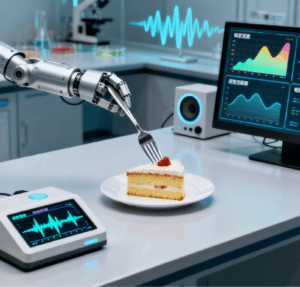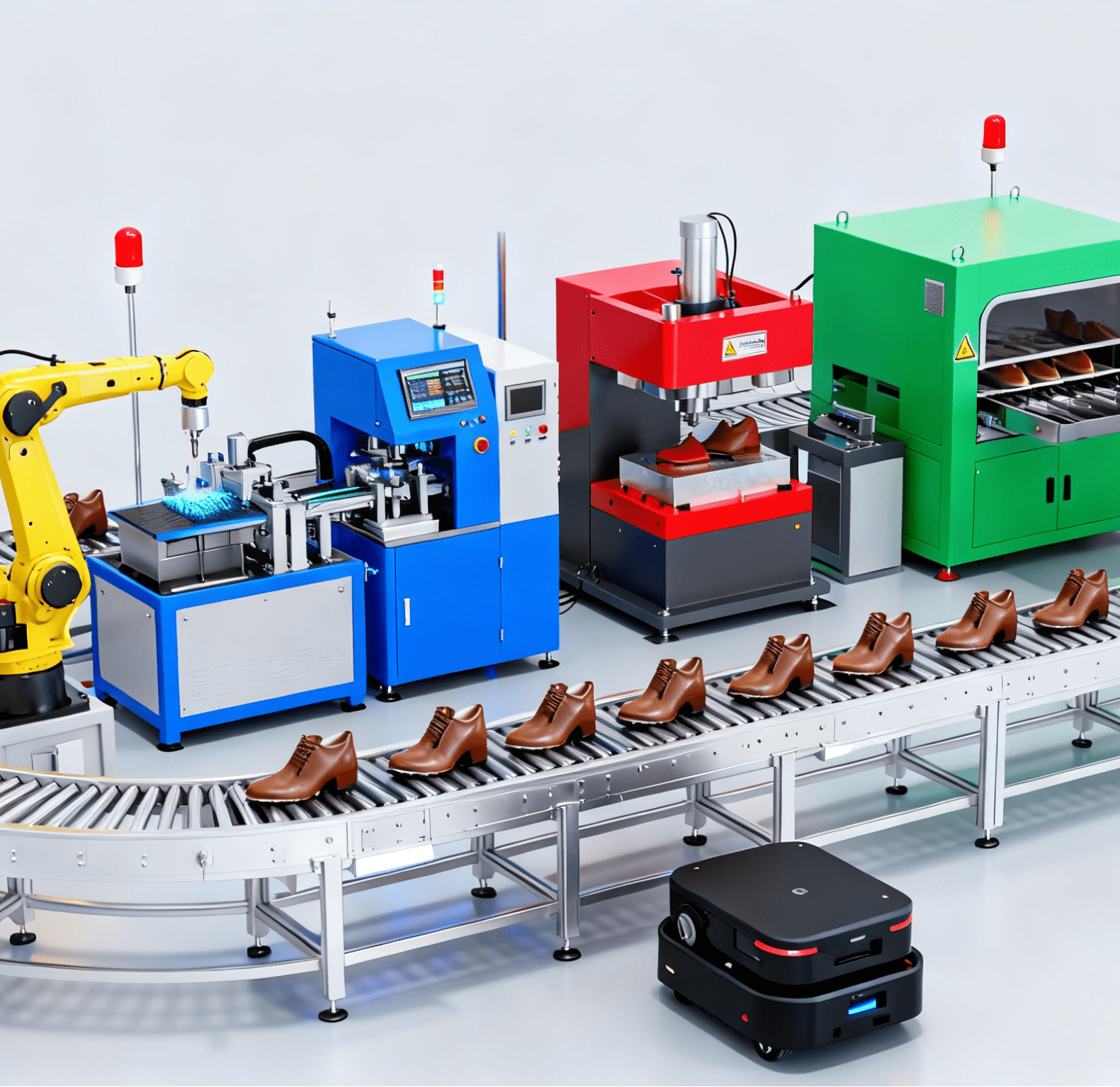
Picture this: One person drafts a work report in 10 minutes with ChatGPT’s help, marveling at its efficiency. Another deletes an AI-generated recommendation for a book, unsettled by how the algorithm “knew” their unspoken preferences. From crafting emails and curating playlists to aiding medical diagnoses, AI has woven itself into the fabric of daily life—not as science fiction, but as a routine tool. Yet for all its promises of speed, precision, and convenience, it stirs a deep divide. Why do some people embrace AI wholeheartedly, while others shrink from it, feeling anxious, suspicious, even betrayed?
AI’s Dual Mirror: The Stark Divide Between Embrace and Resistance
The answer lies not just in AI’s mechanics, but in human nature. We trust what we understand. Traditional tools follow clear cause and effect: turn a key, and a car starts; press a button, and a lift arrives; set specifications on automatic spring equipment, and it consistently produces standardized springs with predictable tension and dimensions. They feel like extensions of ourselves, predictable and controllable.
AI, by contrast, often operates as a black box. Type a query, and a decision, recommendation, or response appears—with no visible logic linking input to output. Psychologically, this opacity is unnerving. We crave transparency; we want to interrogate choices, trace mistakes, and grasp “why” something happened. When we can’t, we feel disempowered, as if we’ve surrendered control to a system we can’t hold accountable.
This lack of transparency fuels what researchers call “algorithm aversion,” a term popularized by marketing scholar Berkeley Dietvorst and his colleagues. Their studies revealed a striking bias: people will often choose flawed human judgment over algorithmic decisions—even after witnessing just one AI error. A hiring manager might overlook a human recruiter’s misstep, chalking it up to fatigue or oversight, but reject an AI’s candidate shortlist outright if it misses a qualified applicant. The double standard stems from our expectation that machines “should” be infallible, while we forgive human fallibility as inherent.
Our minds also play tricks on us: we can’t help but project human traits onto AI. Rationally, we know AI lacks emotions, intentions, or self-awareness—but that doesn’t stop us from anthropomorphizing it. ChatGPT’s overly polite tone feels “eerie,” as if it’s hiding something. A recommendation engine that nails your music taste feels “intrusive,” like a stranger reading your mind. We suspect manipulation, judgment, or hidden agendas, even though the system is just executing code. Communication professors Clifford Nass and Byron Reeves demonstrated this decades ago: humans respond socially to machines, treating them as conversational partners rather than tools—whether we mean to or not.
Behavioral science offers another clue: we’re far more forgiving of human error than machine error. When a friend gives bad advice, we empathize with their limited information. When a doctor makes a rare misdiagnosis, we recognize the complexity of medicine. But when AI errs—especially if it’s marketed as “data-driven” or “objective”—we feel betrayed. This ties to the psychological concept of “expectation violation”: we assume machines will be logical, impartial, and consistent. When they misclassify an image, deliver biased results, or recommend something wildly off-base, our disappointment is sharp. We expected perfection, and AI failed to meet that impossible standard.
The irony is undeniable: humans make flawed decisions daily. We’re biased, forgetful, and prone to emotional reasoning. But unlike AI, we can explain our choices. We can say, “I chose this because…” or “I made a mistake because…” That ability to justify, apologize, and adapt is what makes human judgment feel relatable—and trustworthy. AI can’t offer that human connection, that accountability, or that sense of shared experience.

The Root of Division: Clashes Between Human Nature and AI Traits
As AI grows more integrated into high-stakes areas—healthcare, finance, education, and beyond—this divide won’t disappear. But understanding its roots can help us bridge it. For AI developers, transparency and explainability aren’t just technical features—they’re trust-building tools. For users, recognizing our own biases (algorithm aversion, anthropomorphism, unrealistic expectations) can help us engage with AI more thoughtfully, neither embracing it blindly nor rejecting it outright.
Bridging the Rift: A Path to Symbiosis Between AI and Humans
AI isn’t inherently good or bad; it’s a tool shaped by how we design it and how we choose to use it. The real challenge isn’t just improving AI’s performance—it’s aligning it with human needs: our desire for control, our need for transparency, and our instinct to trust what we can understand. In the end, the future of AI won’t be determined by technology alone, but by how well we reconcile our human nature with the machines we’re building. After all, the goal isn’t to make AI more human—it’s to make AI work with humans, in ways that honor our strengths, respect our limits, and preserve our sense of agency.




















